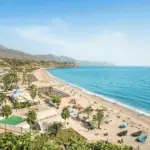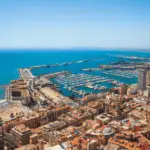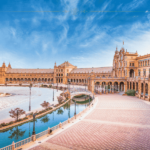Beyond the Tourist Trail: A Journey Through Spain’s Most Serene and Undiscovered Destinations
The Secret Side of Spanish Wine Country
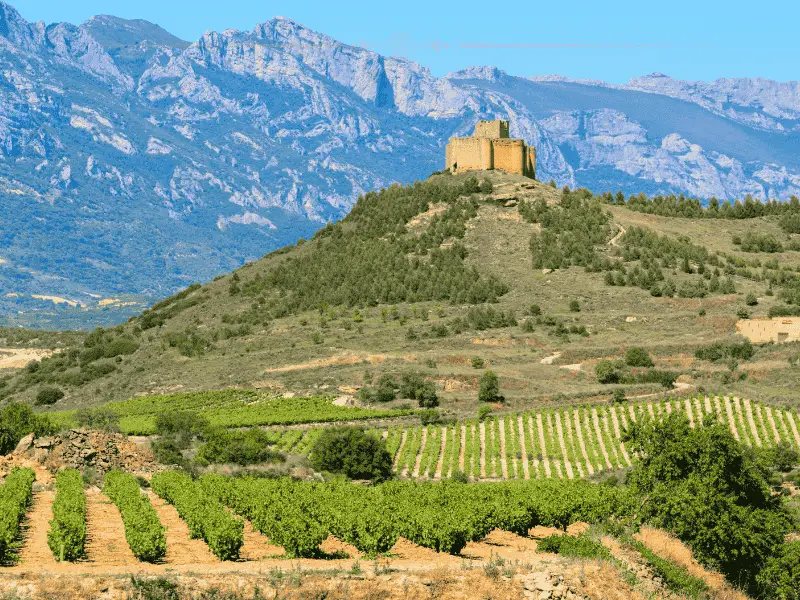
La Rioja’s understated charm extends far beyond its famous vineyards. The region’s medieval monasteries, particularly the cluster of six along the Monasteries Route, offer insights into Spain’s religious heritage. The San Millán monasteries, Suso and Yuso, are UNESCO World Heritage sites where the first written words in the Spanish language were documented.
The region’s capital, Logroño, deserves special attention. Its historic center features the Cathedral of Santa María la Redonda, known for its twin baroque towers. The city’s Calle del Laurel has earned the nickname “the path of elephants” due to its concentration of tapas bars – over 50 establishments in a span of 250 meters, each specializing in specific dishes like champiñones (garlic mushrooms) or patatas bravas.
The wine architecture trail presents stunning examples of contemporary design. The Santiago Calatrava-designed Bodegas Ysios features an undulating aluminum roof that mirrors the mountain backdrop. The López de Heredia winery showcases Zaha Hadid’s modernist wine shop, a stark contrast to its 19th-century buildings.
Coastal Treasures of the North
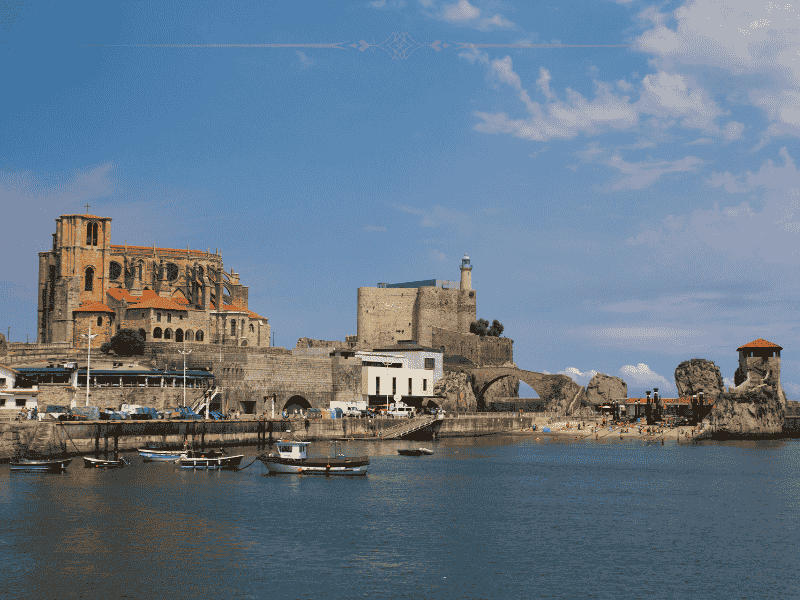
Cantabria’s coastal towns each offer unique attractions. Castro Urdiales combines medieval architecture with a working fishing port, while Santillana del Mar, often called “the town of three lies” (it’s neither holy, flat, nor by the sea), preserves its medieval character so perfectly it feels like an open-air museum.
The region’s prehistoric caves, including the famous Altamira and lesser-known El Castillo, contain some of the world’s oldest cave paintings. The nearby Cabárceno Natural Park, set in an old mining area, provides a unique wildlife experience where endangered species roam in semi-freedom across its karst landscape.
In Mariña Lucense, beyond the famous Cathedral Beach, visitors can explore the charming port town of Ribadeo, known for its historic Indian-style mansions built by returning emigrants who made their fortunes in the Americas. The region’s gastronomy focuses on fresh seafood, particularly its renowned octopus prepared “á feira” style.
Island Life Reimagined
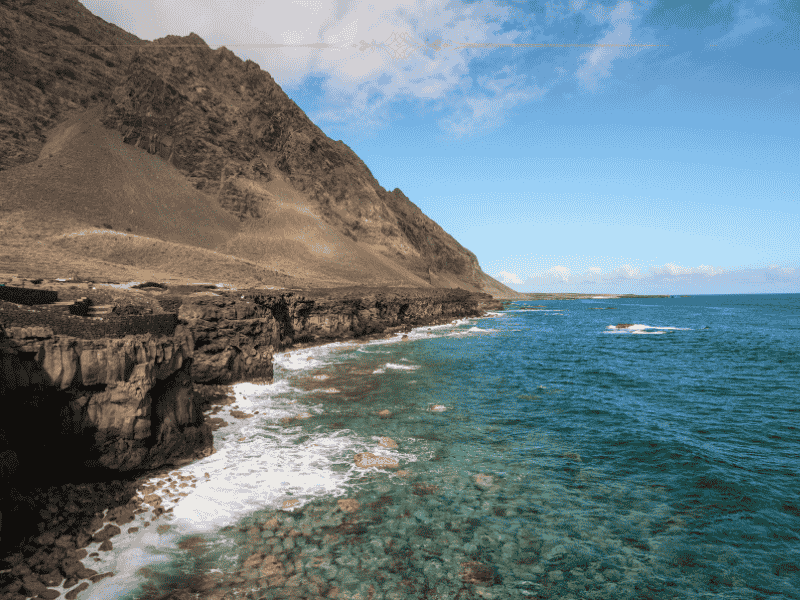
El Hierro’s commitment to sustainability goes beyond energy production. The island’s Marine Reserve hosts over 40 diving sites, where volcanic formations create unique underwater landscapes. The crystal-clear waters offer visibility up to 50 meters deep.
The island’s diverse microclimates support distinct ecosystems. The humid laurisilva forests of El Golfo Valley contrast with the arid landscapes of El Julan, where ancient rock carvings provide evidence of the island’s original inhabitants. The village of Guinea in the highlands preserves traditional Canarian architecture and farming practices.
La Frontera valley features the island’s most productive vineyards, where vines grow in black volcanic soil. Local varieties like Baboso Negro and Vijariego Negro produce unique wines that rarely leave the island.
Urban Exploration Off the Beaten Path

Murcia’s agricultural heritage has earned it the nickname “Europe’s Orchard.” The city’s Mercado de Verónicas, housed in a modernist iron structure, showcases this bounty daily. Local specialties include zarangollo (scrambled eggs with vegetables) and paparajotes (lemon leaves battered and fried).
The city’s artistic heritage extends beyond religious architecture. The Salzillo Museum houses life-sized processional sculptures by Francisco Salzillo, considered Spain’s greatest baroque sculptor. The contemporary art scene thrives in repurposed spaces like the former slaughterhouse, now the Contemporary Art Center.
The surrounding huerta (farmland) can be explored via the Segura River greenway, where traditional water wheels still stand. The nearby Terra Natura wildlife park combines conservation with education about local and exotic species.
Mountain Adventures in Solitude
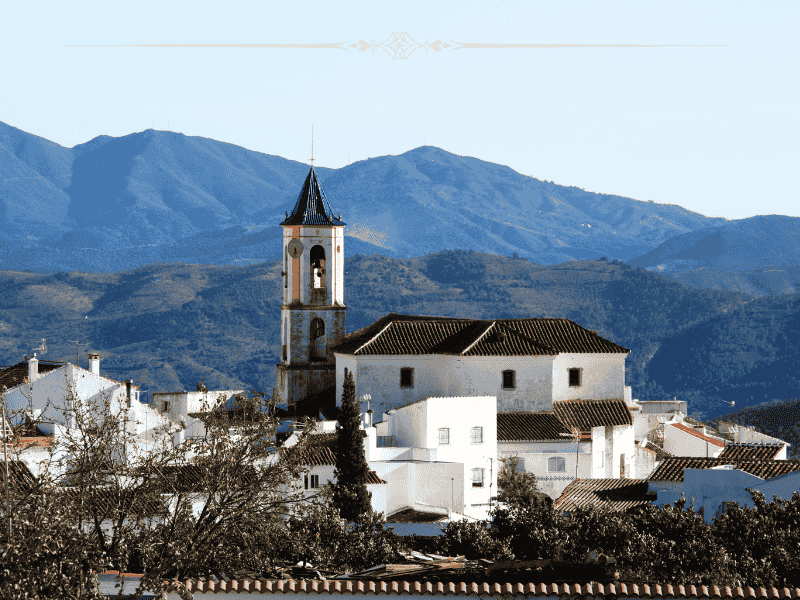
Sierra de las Nieves National Park offers diverse hiking experiences. The Los Quejigales area provides access to the park’s highest peak, while the Caucón River valley features swimming holes and waterfalls. The rare pinsapo fir forests, relicts from the last ice age, create otherworldly landscapes.
Traditional villages like Yunquera and Tolox serve as gateways to the park. Each maintains distinct traditions, from Tolox’s spa waters to Yunquera’s chestnut festival. Local guides offer specialized tours focusing on botany, bird watching, or photography.
Heritage Beyond the Guidebooks
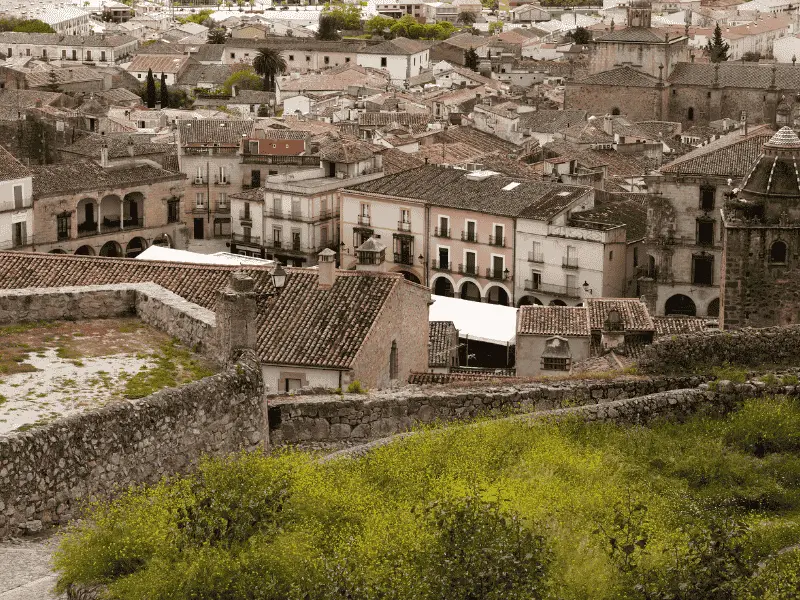
Extremadura’s heritage sites tell complex stories. Cáceres’ old town features perfectly preserved palace-houses built by conquistadors with New World wealth. Mérida’s Roman theater still hosts summer performances, while its Museum of Roman Art, designed by Rafael Moneo, provides context through one of Spain’s finest archaeological collections.
The monastery at Guadalupe combines Gothic, Mudéjar, and baroque styles, housing important art collections including works by Zurbarán. Its medical school was once among Europe’s most advanced, and its historical pharmacy remains intact.
Royal Retreats and Hidden Palaces
The Palacio Real de Riofrío’s hunting museum, despite its quirks, provides insights into aristocratic pastimes. The palace’s kitchens and service areas offer glimpses into the daily life of royal servants. The surrounding forest, still home to deer and wild boar, can be explored on guided tours.
The palace itself, situated in a vast 625-hectare estate near Segovia, was commissioned in 1751 by Queen Elisabeth Farnese, widow of King Philip V. The estate’s extensive deer park and forested grounds remain largely unchanged since the 18th century, providing visitors with an authentic experience of a royal hunting retreat. The surrounding woodland continues to support diverse wildlife, including red deer, wild boar, and numerous bird species, making it a haven for nature enthusiasts and photographers.
Alternative Pilgrim Paths

While the Camino de Santiago draws hundreds of thousands of pilgrims annually, Spain’s alternative pilgrimage routes offer equally meaningful spiritual journeys with distinct historical and cultural characteristics. The Camino de Levante represents one such path, but it’s part of a broader network of historic pilgrim routes that criss-cross the country.
The Levante route begins in the Mediterranean city of Orihuela, known for its medieval old town and impressive baroque cathedral. From here, the path traverses through varied landscapes that showcase southeastern Spain’s diverse geography. The initial stages wind through traditional huerta (farmland) where centuries-old irrigation systems still water orange groves and vegetable fields.
The route’s spiritual significance centers on its destination: Caravaca de la Cruz. This small city holds the distinction of being one of only five cities in the world granted perpetual jubilee privileges by the Vatican, alongside Jerusalem, Rome, Santiago de Compostela, and Santo Toribio de Liébana. The Vera Cruz, a reliquary allegedly containing a piece of the True Cross, is housed in its fortress-sanctuary, a impressive example of religious architecture that combines medieval military elements with baroque grandeur.
Embracing Authentic Spain
These destinations represent Spain’s diverse cultural and natural heritage. They offer opportunities for meaningful interactions with local communities and traditions that have survived centuries. By choosing these less-visited places, travelers contribute to the preservation of authentic Spanish culture while enjoying more personal, in-depth experiences.
The future of Spanish tourism may well lie in these hidden corners, where sustainable practices and authentic experiences meet. These destinations prove that moving away from overtouristed areas doesn’t mean sacrificing the quality or depth of travel experiences – in fact, it often enhances them.

